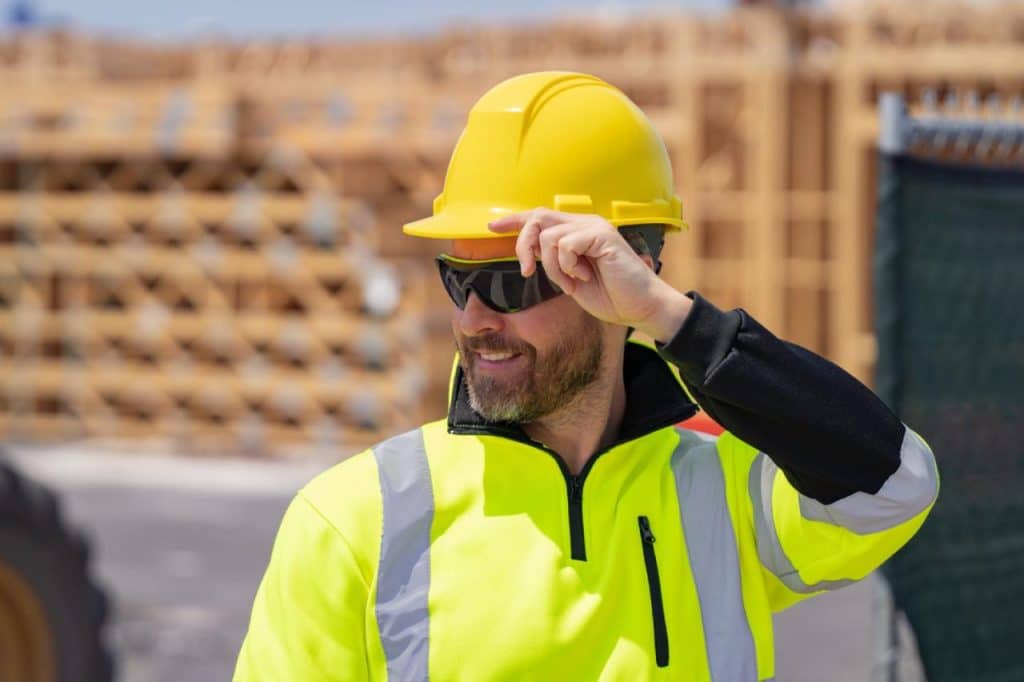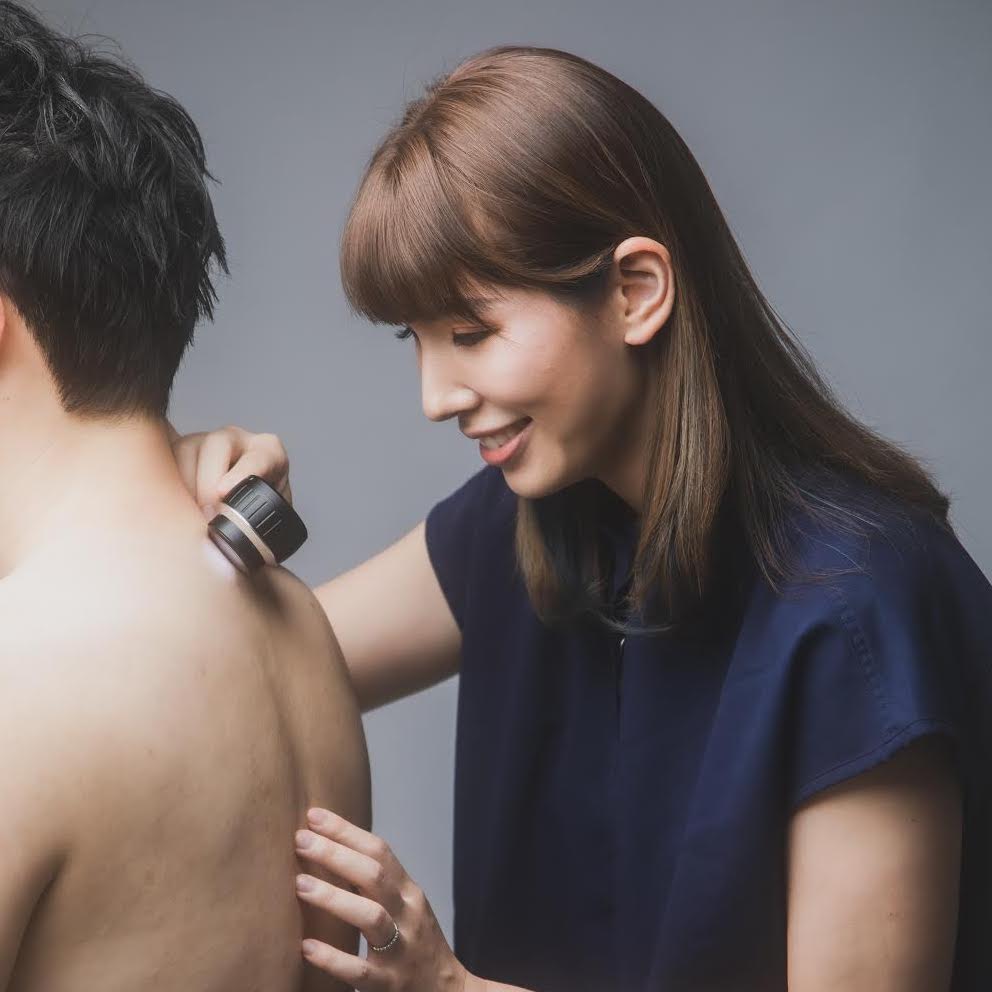Outdoor workers spend significant time under the sun, making them one of the highest-risk groups for skin cancer. Unlike the general population, they are exposed to cumulative, long-term ultraviolet (UV) radiation, which significantly increases their risk of developing basal cell carcinoma (BCC) and squamous cell carcinoma (SCC).
This article explores why outdoor workers face a higher risk of skin cancer, effective sun protection strategies, and the responsibilities of employers in promoting sun safety.
Why Outdoor Workers Face a Higher Risk of Skin Cancer
1. Prolonged UV Exposure
Outdoor workers receive up to 10 times more UV radiation annually than indoor workers.
- Long-term, daily sun exposure increases the risk of SCC and actinic keratosis.
- Intermittent, intense sun exposure (e.g., construction workers removing shirts at midday) increases the risk of melanoma.
2. Reflection from Surfaces
- Water, sand, concrete, and metal reflect UV rays, increasing exposure.
- Workers in coastal, snow-covered, or high-altitude environments face even greater risks.
3. Lack of Awareness and Protection
- Many outdoor workers underestimate their risk and do not apply sunscreen correctly.
- Work schedules often coincide with peak UV radiation hours (10 AM – 4 PM).
4. Increased Risk of Premature Ageing and Ocular Damage
- Chronic UV exposure leads to wrinkles, leathery skin, and age spots.
- Eye damage (cataracts, pterygium, and ocular melanoma) is common in workers without UV-protective eyewear.
Essential Sun Protection Strategies for Prolonged UV Exposure
1. Daily Sunscreen Application (SPF 30+)
- Use a broad-spectrum SPF 30+ sunscreen that protects against both UVA and UVB.
- Apply generously to exposed skin 20 minutes before working outside.
- Reapply every 2 hours, or more frequently if sweating.
Pro Tip: Choose water-resistant, sweat-proof sunscreens for longer protection.
2. Wear Protective Clothing and Accessories
- Long-sleeved shirts and trousers made from UPF-rated fabric.
- Wide-brimmed hats (7 cm or more) for face and neck protection.
- UV-blocking sunglasses (look for wraparound styles that meet Australian UV protection standards).
Best Fabrics:
- Densely woven fabrics (e.g., polyester blends, denim) offer the best UV protection.
- Lighter fabrics (e.g., cotton) provide less UV protection but can be improved with UPF treatments.
3. Work in the Shade Whenever Possible
- Take breaks in shaded areas to reduce cumulative UV exposure.
- Use temporary shade structures like tarps or umbrellas when working outdoors.
4. Hydrate and Take Care of Your Skin
- Drink plenty of water to prevent heat-related illnesses.
- Use moisturisers with antioxidants (Vitamin C & E) to repair sun damage.

Best Times to Work Outdoors to Minimise UV Exposure
1. Avoid Peak UV Hours (10 AM – 4 PM)
- Whenever possible, schedule outdoor tasks in the early morning or late afternoon.
- If working at peak hours, maximise protective measures (sunscreen, shade, protective clothing).
2. Use the Shadow Rule
If your shadow is shorter than you, UV exposure is at its highest.
- Try to plan tasks around longer shadow periods (early morning, late afternoon).
Employer Responsibilities in Promoting Sun Safety
Employers must provide a safe work environment by implementing sun protection measures.
1. Provide and Enforce Sun Protection Measures
- Supply broad-spectrum sunscreen and encourage its regular use.
- Provide shaded work areas whenever possible.
- Supply UV-protective clothing, sunglasses, and wide-brimmed hats.
2. Educate Workers on Skin Cancer Risks
- Conduct annual sun safety training for outdoor workers.
- Encourage self-examinations and regular skin checks.
3. Implement Workplace Sun Safety Policies
- Adjust work schedules to avoid peak UV hours.
- Include UV exposure protection in workplace health and safety guidelines.
- Encourage workers to report any suspicious skin changes.
Final Thoughts: Protecting Outdoor Workers from Skin Cancer
Outdoor workers are at a significantly higher risk of developing skin cancer due to prolonged UV exposure. Employers and workers alike must take proactive steps to reduce this risk.
- Wear sunscreen daily and reapply every 2 hours.
- Use UV-protective clothing, hats, and sunglasses.
- Take breaks in the shade and avoid peak UV hours.
- Encourage workplace sun safety policies.
- Schedule regular skin checks with a dermatologist.
📢 Book a Full Skin Check today at ISO Skin Cancer Clinic to stay protected! 🌞.





